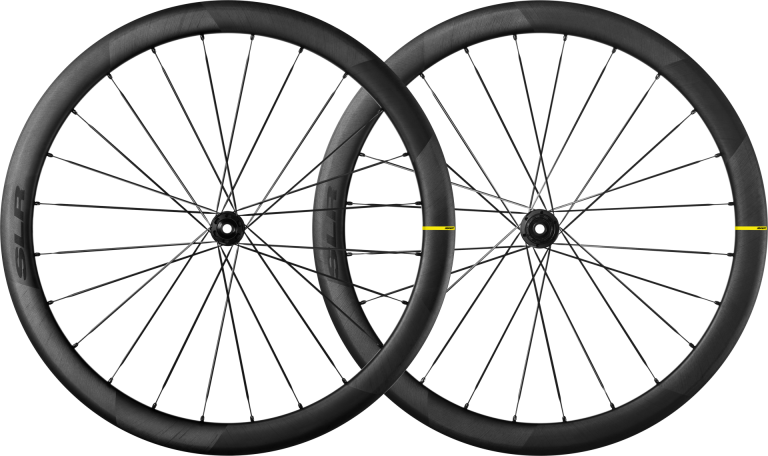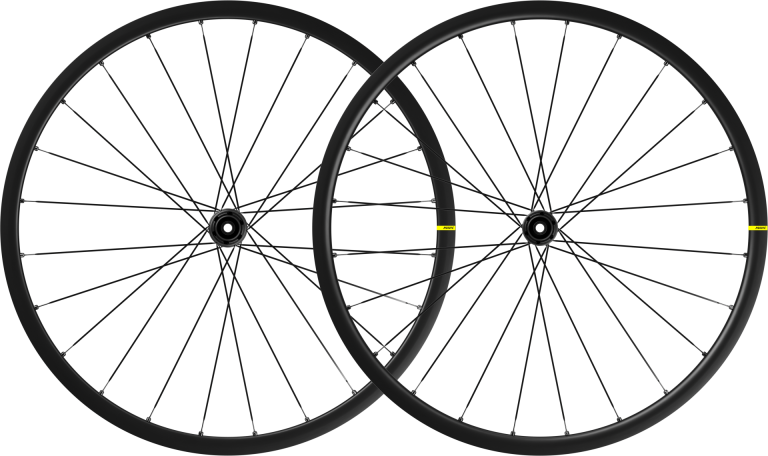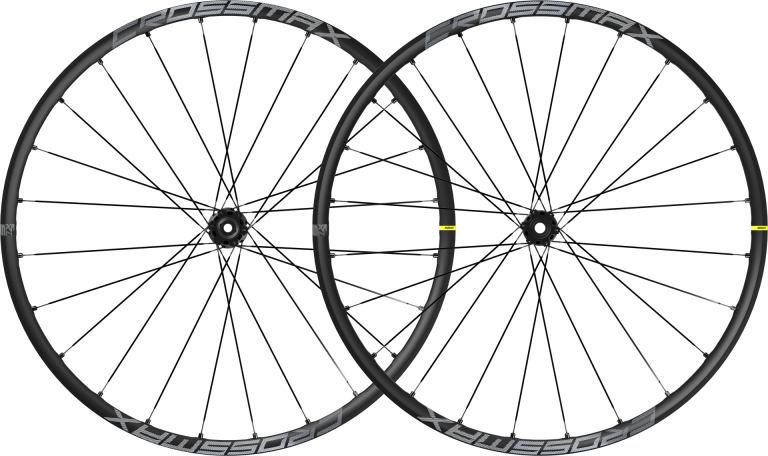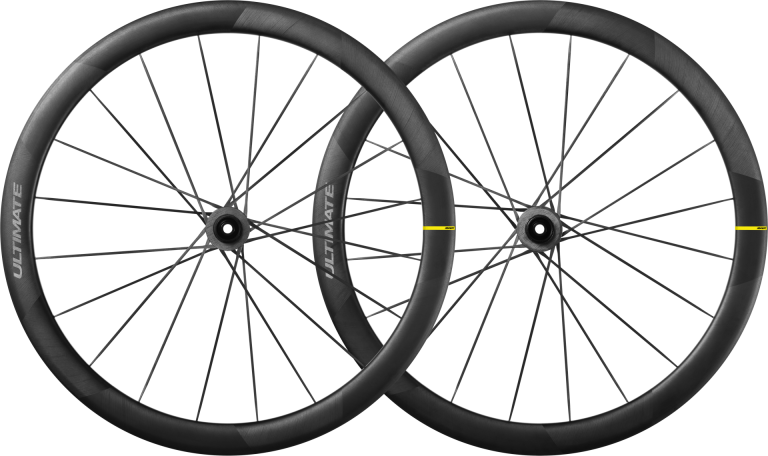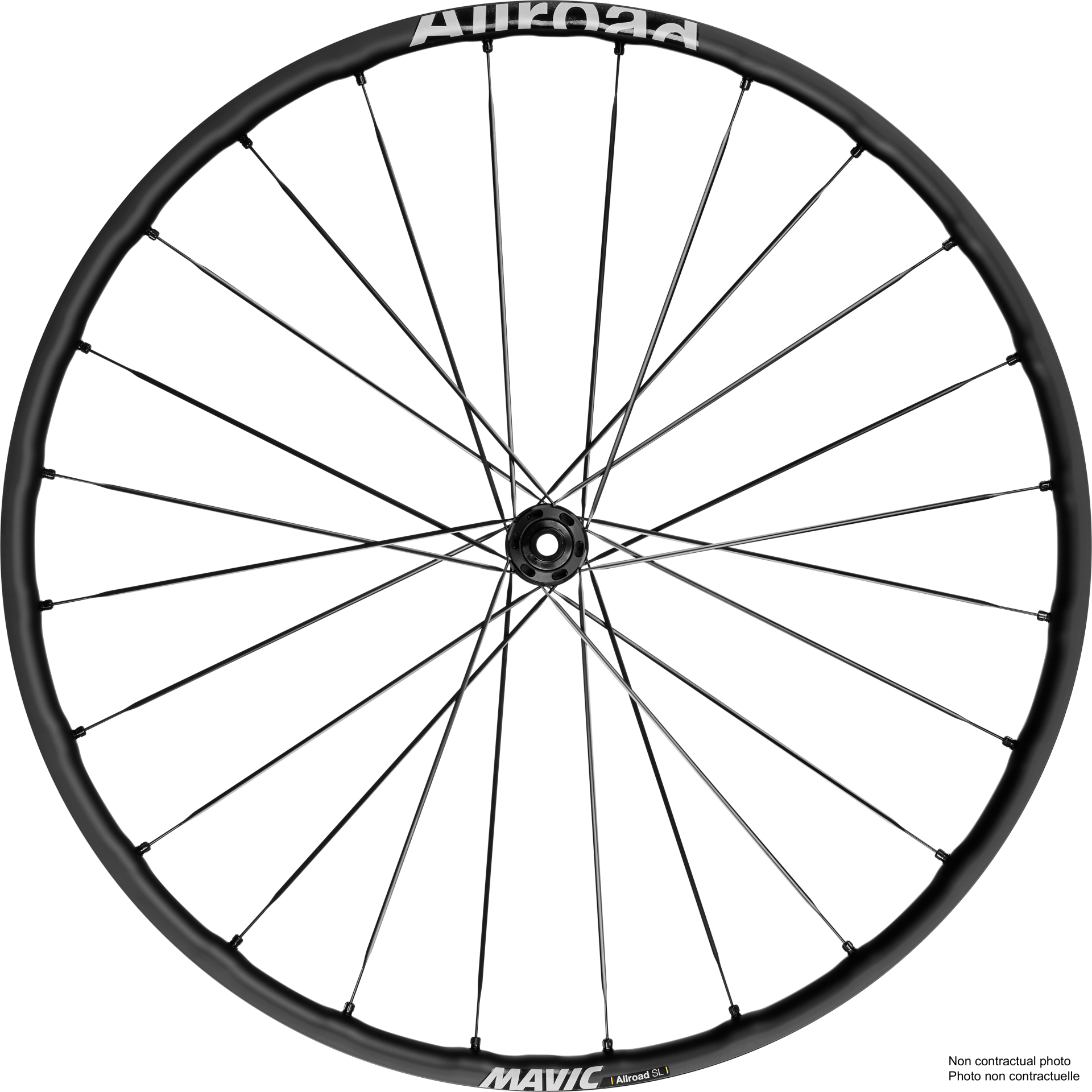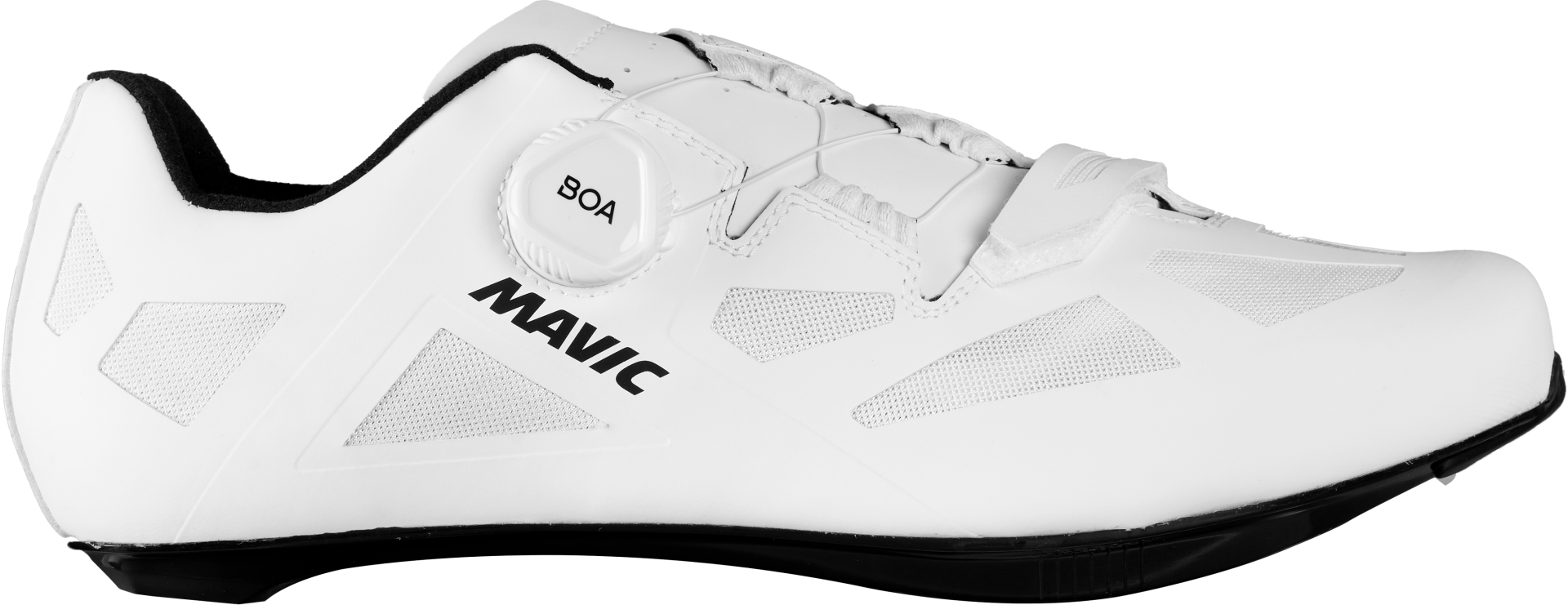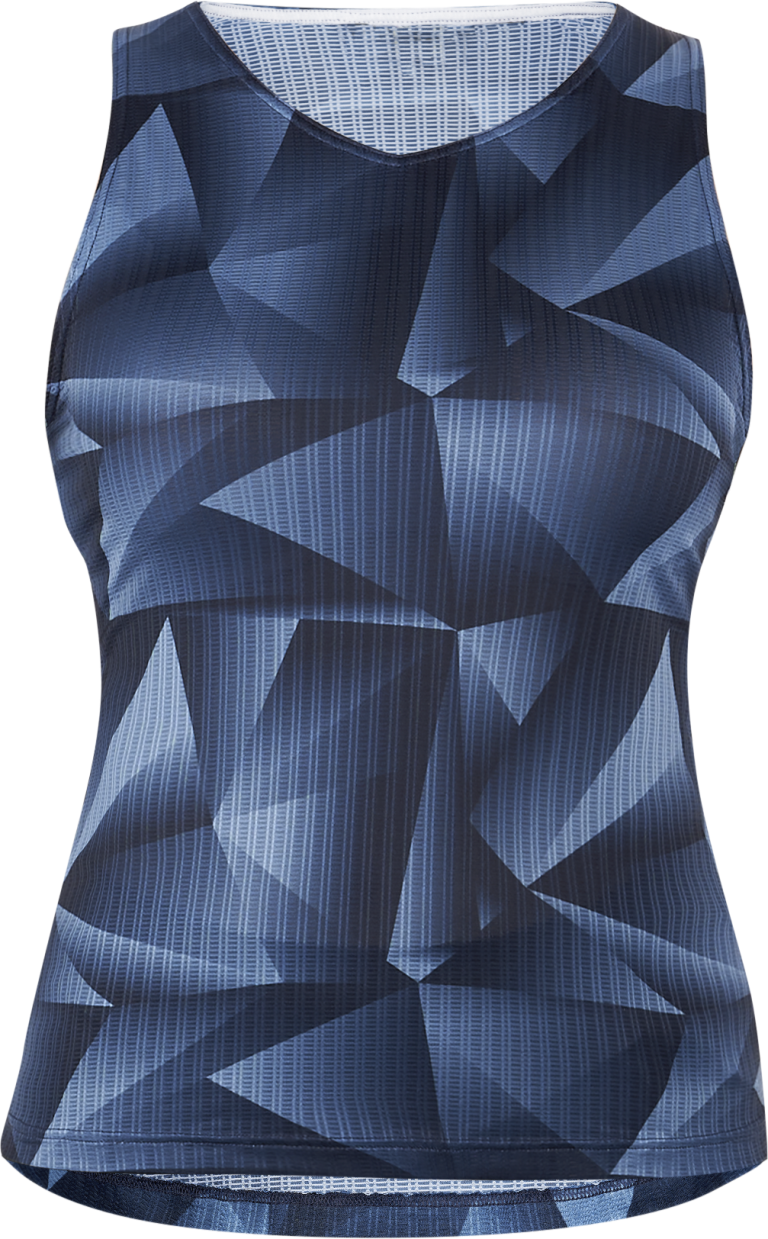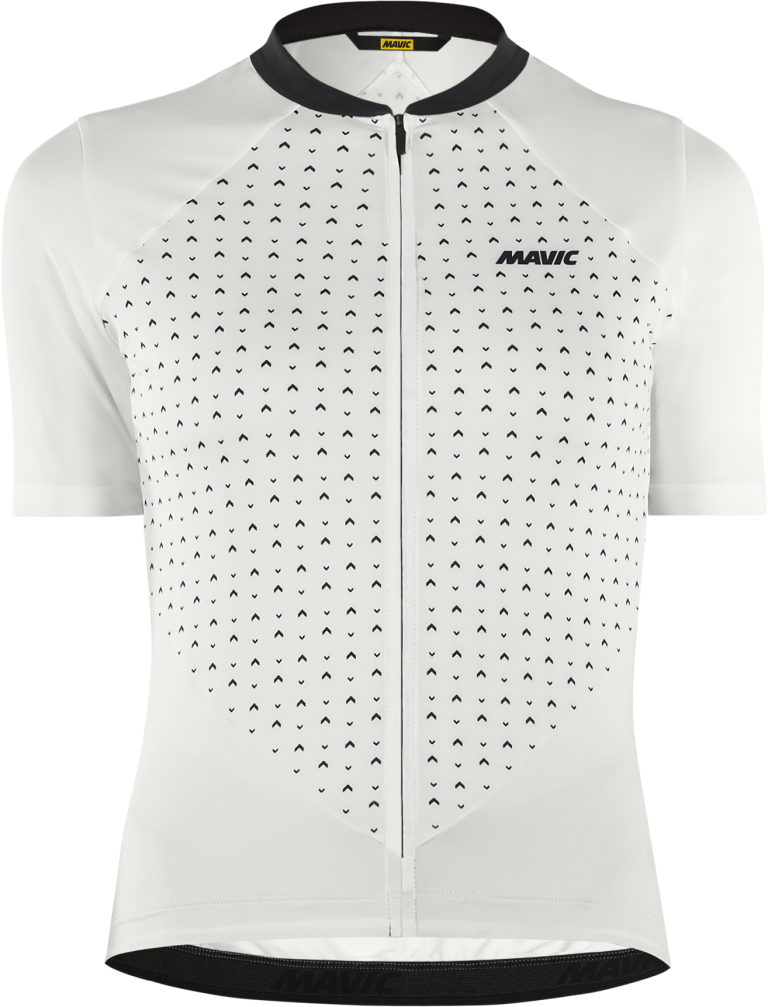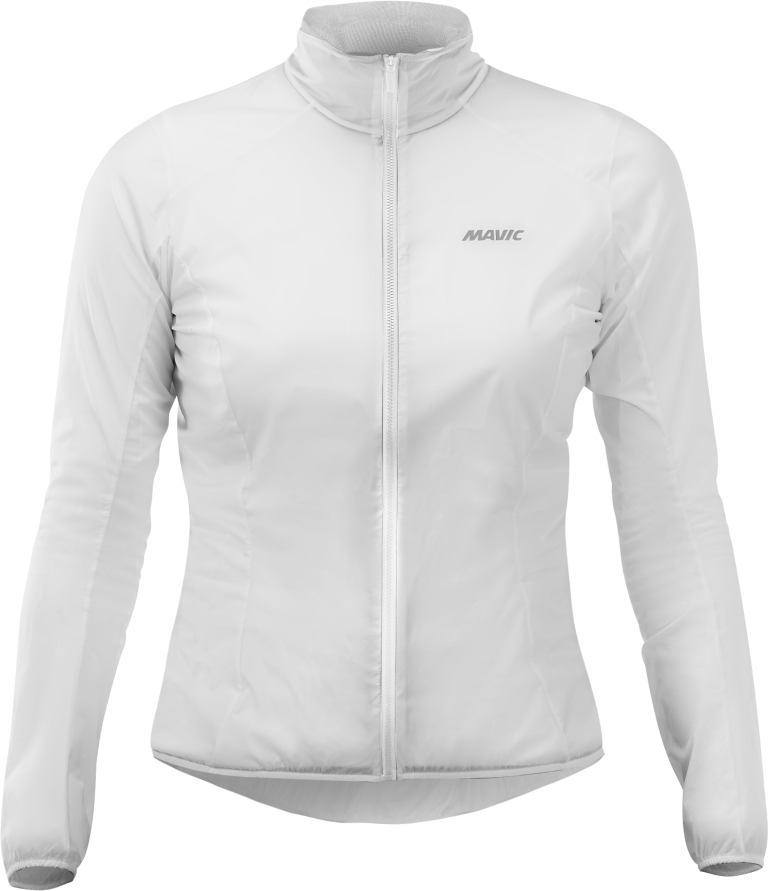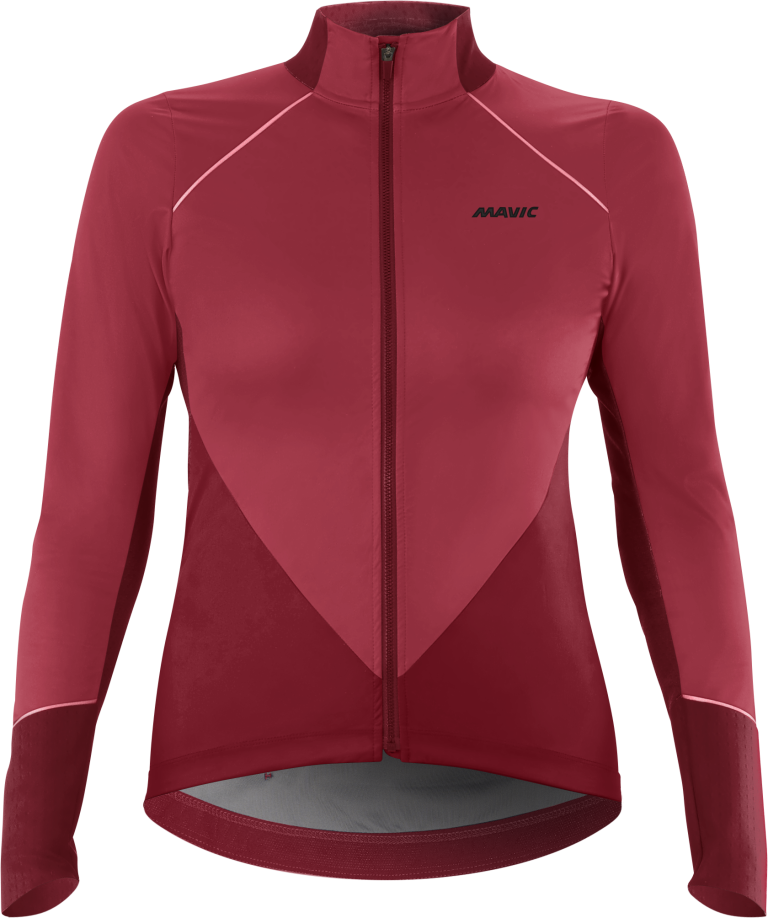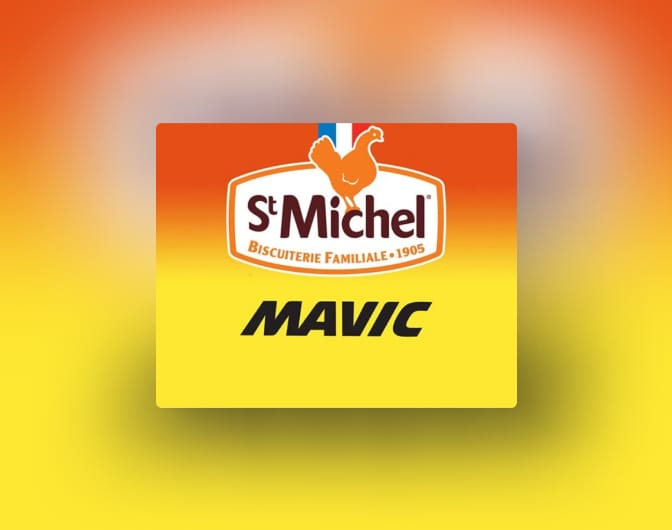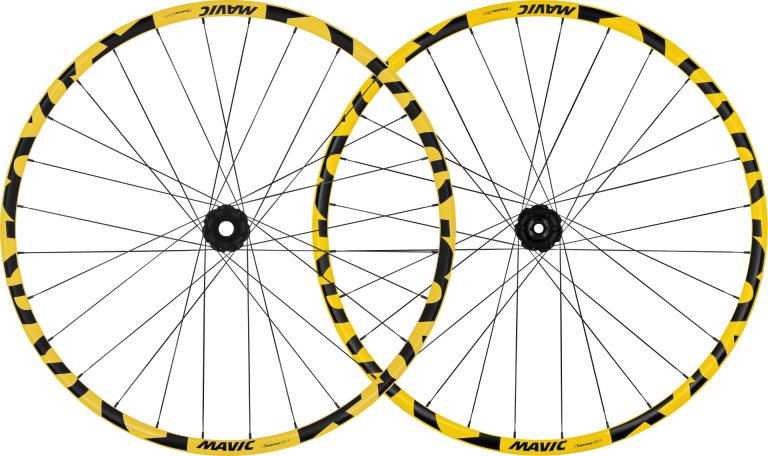

Don't miss

High-performance road shoe with comfortable fit, Boa® L6 tightening system and efficient power transfer. Made in Italy
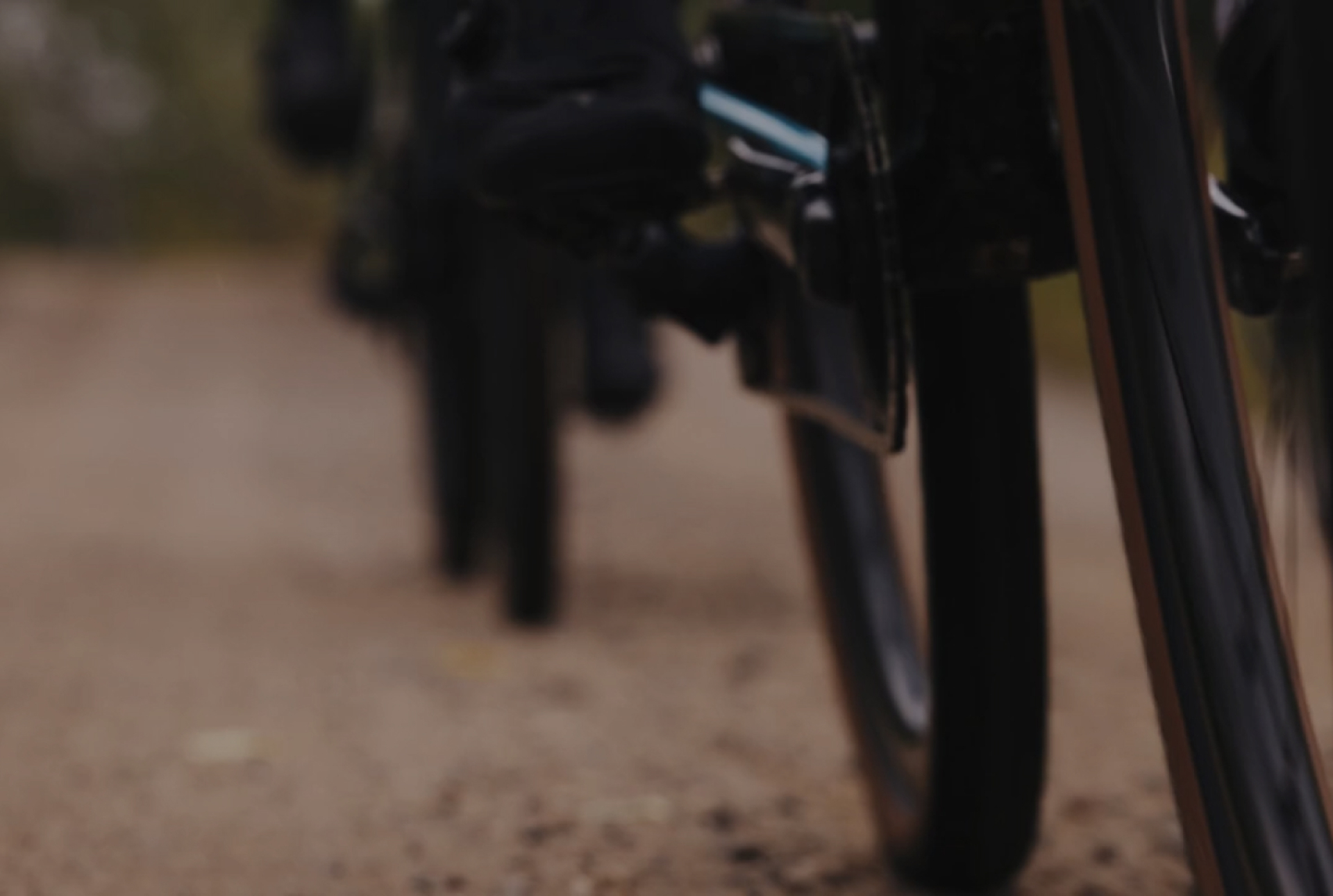
- Road
Guaranteed efficiency, no matter where it takes you
Discover our products for the road - Gravel
Performance doesn’t mind getting dirty
Discover our products for Gravel - Mountain Bike
Mastering technical terrain, wilderness and everything in between
Discover our mountain bike products - Track
Precision and speed for the demands of the velodrome
Discover our track products - Urban Bike/City Bike
Uban performance, inspired aesthetics
Discover our Urban products
Stories on wheels










WE OPEN THE WAY FOR ALL CYCLISTS
We support all cyclists in their quest for gentle mobility and performance.

IN TOWN, ON YOUR DAILY COMMUTEFind out more
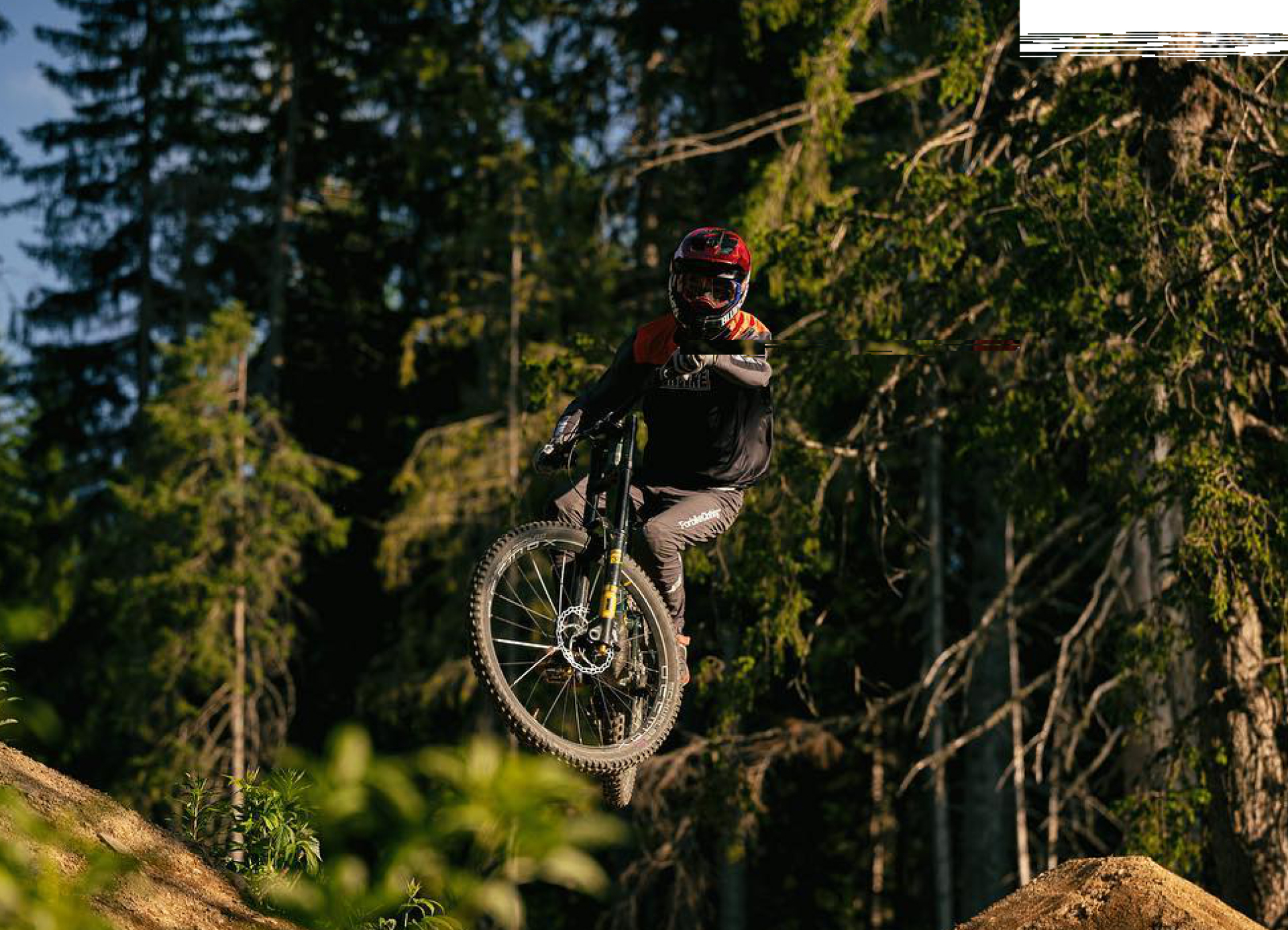
IN DH, IN YOUR QUEST FOR THRILLSFind out more
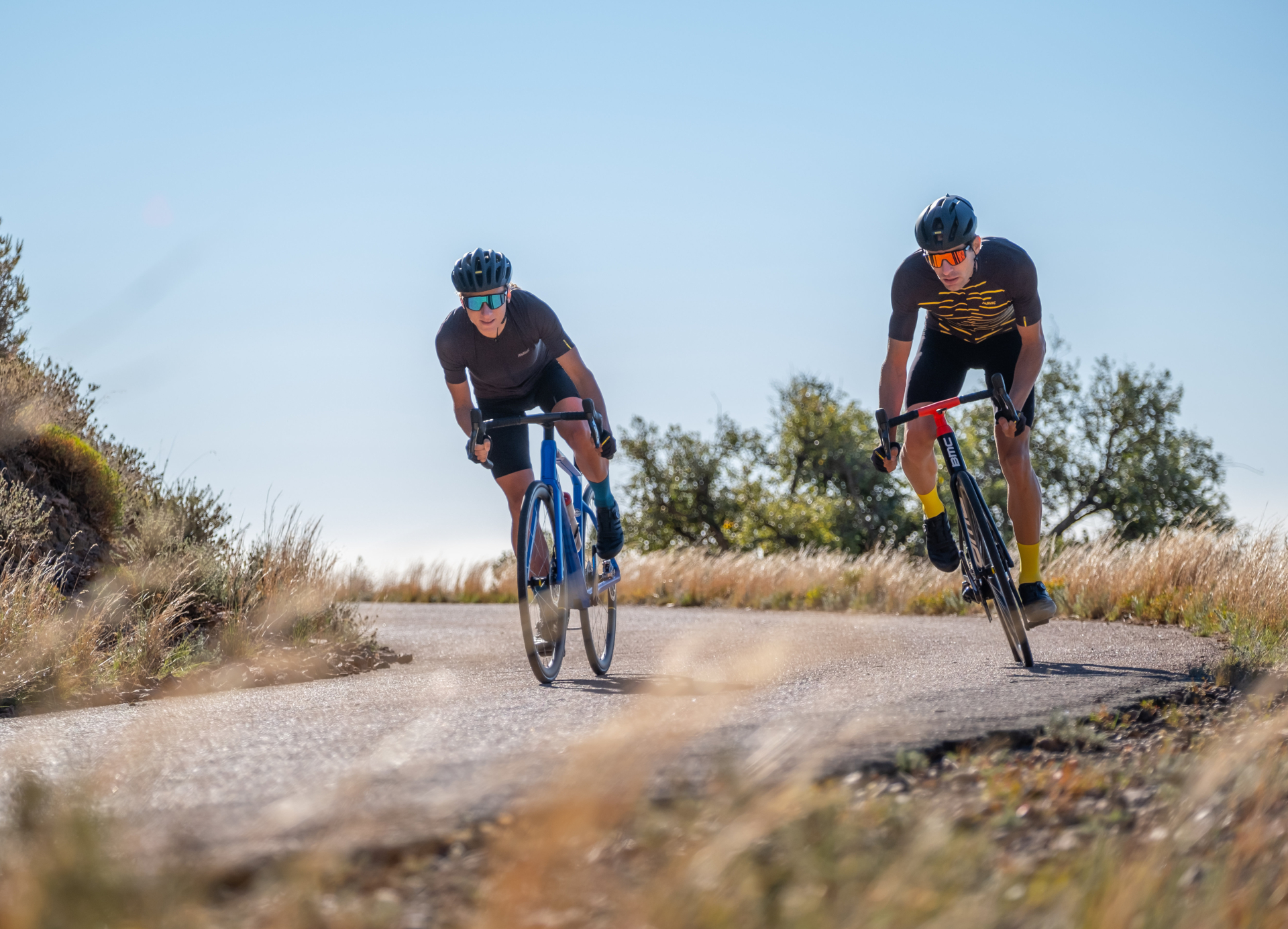
ON THE ROAD, RIDING FOR PERFORMANCEFind out more
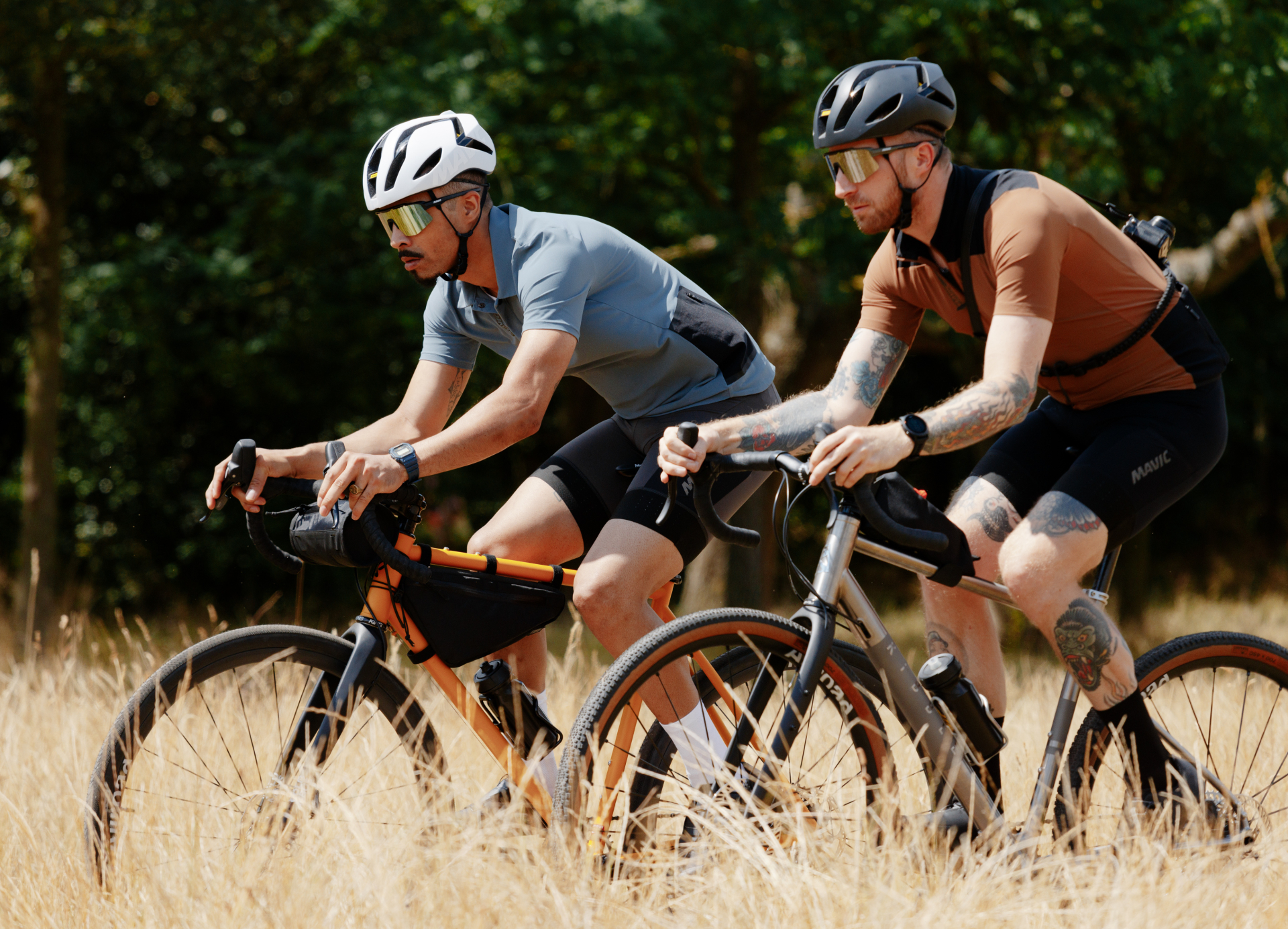
IN GRAVEL, NEED TO GET AWAY FROM IT ALL?Find out more
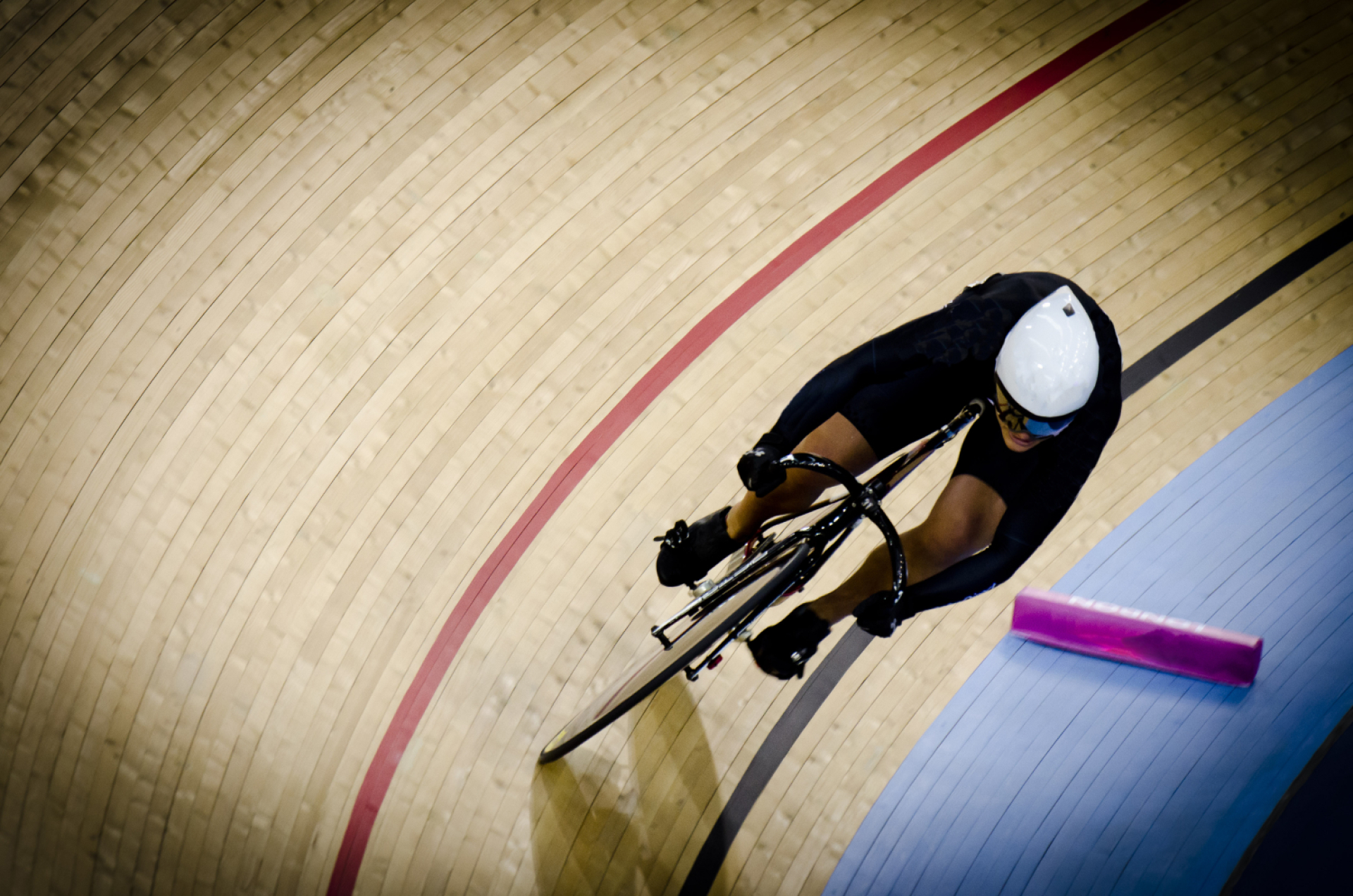
EXPERIENCE THE TRACKFind out more
